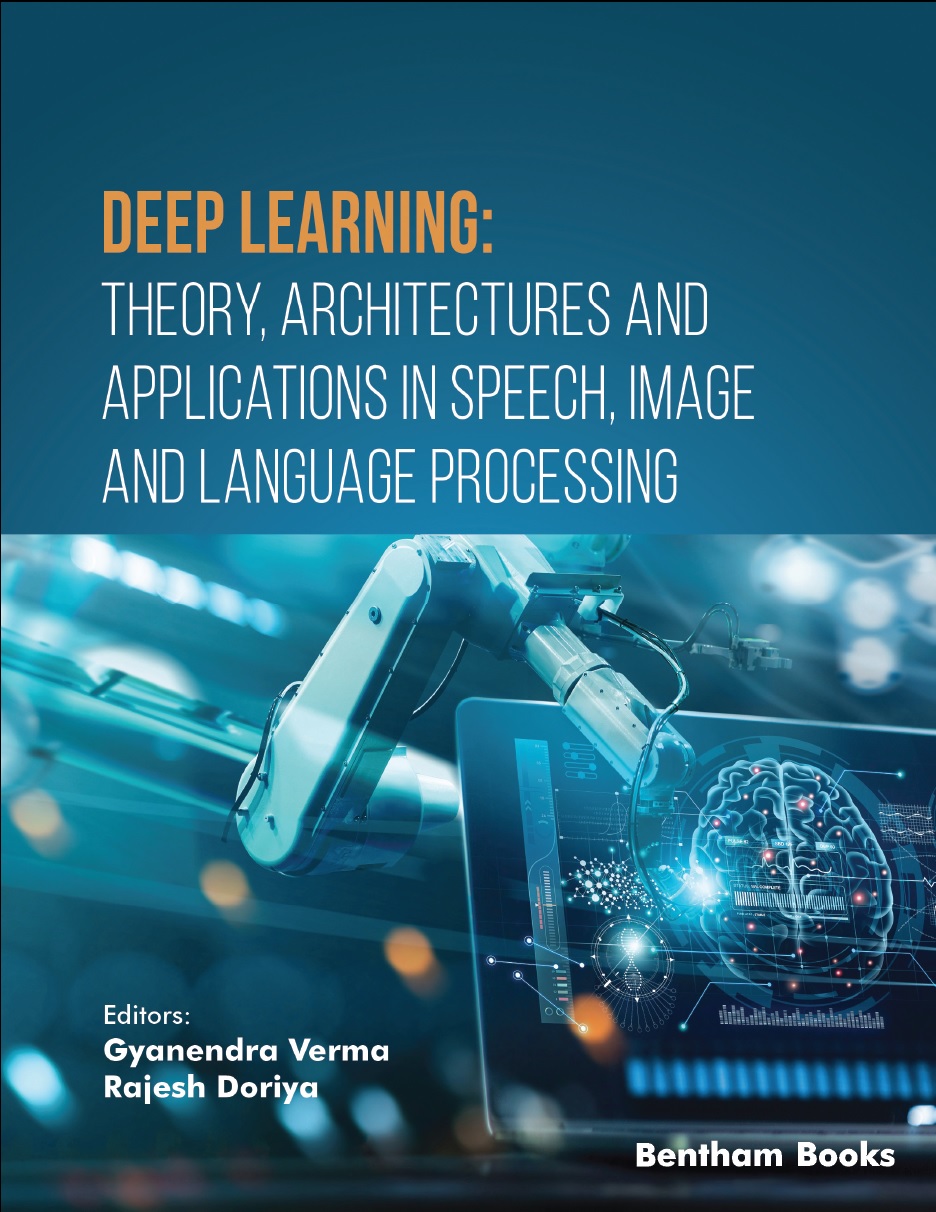

Most ebook files are in PDF format, so you can easily read them using various software such as Foxit Reader or directly on the Google Chrome browser.
Some ebook files are released by publishers in other formats such as .awz, .mobi, .epub, .fb2, etc. You may need to install specific software to read these formats on mobile/PC, such as Calibre.
Please read the tutorial at this link: https://ebookbell.com/faq
We offer FREE conversion to the popular formats you request; however, this may take some time. Therefore, right after payment, please email us, and we will try to provide the service as quickly as possible.
For some exceptional file formats or broken links (if any), please refrain from opening any disputes. Instead, email us first, and we will try to assist within a maximum of 6 hours.
EbookBell Team

4.0
96 reviews
ISBN 10: 9815079239
ISBN 13: 9789815079234
Author: Gyanendra Verma
This book is a detailed reference guide on deep learning and its applications. It aims to provide a basic understanding of deep learning and its different architectures that are applied to process images, speech, and natural language. It explains basic concepts and many modern use cases through fifteen chapters contributed by computer science academics and researchers. By the end of the book, the reader will become familiar with different deep learning approaches and models, and understand how to implement various deep learning algorithms using multiple frameworks and libraries. This book is divided into three parts. The first part explains the basic operating understanding, history, evolution, and challenges associated with deep learning. The basic concepts of mathematics and the hardware requirements for deep learning implementation, and some of its popular frameworks for medical applications are also covered. The second part is dedicated to sentiment analysis using deep learning and machine learning techniques. This book section covers the experimentation and application of deep learning techniques and architectures in real-world applications. It details the salient approaches, issues, and challenges in building ethically aligned machines. An approach inspired by traditional Eastern thought and wisdom is also presented. The final part covers artificial intelligence approaches used to explain the machine learning models that enhance transparency for the benefit of users. A review and detailed description of the use of knowledge graphs in generating explanations for black-box recommender systems and a review of ethical system design and a model for sustainable education is included in this section. An additional chapter demonstrates how a semi-supervised machine learning technique can be used for cryptocurrency portfolio management. The book is a timely reference for academicians, professionals, researchers and students at engineering and medical institutions working on artificial intelligence applications.
is deep learning the same as machine learning
deep learning theory book
principles of deep learning theory pdf
principles of deep learning theory
theory of deep learning princeton
deep reinforcement learning architectures
reinforcement learning architecture
Tags: Gyanendra Verma, Theory, Architectures